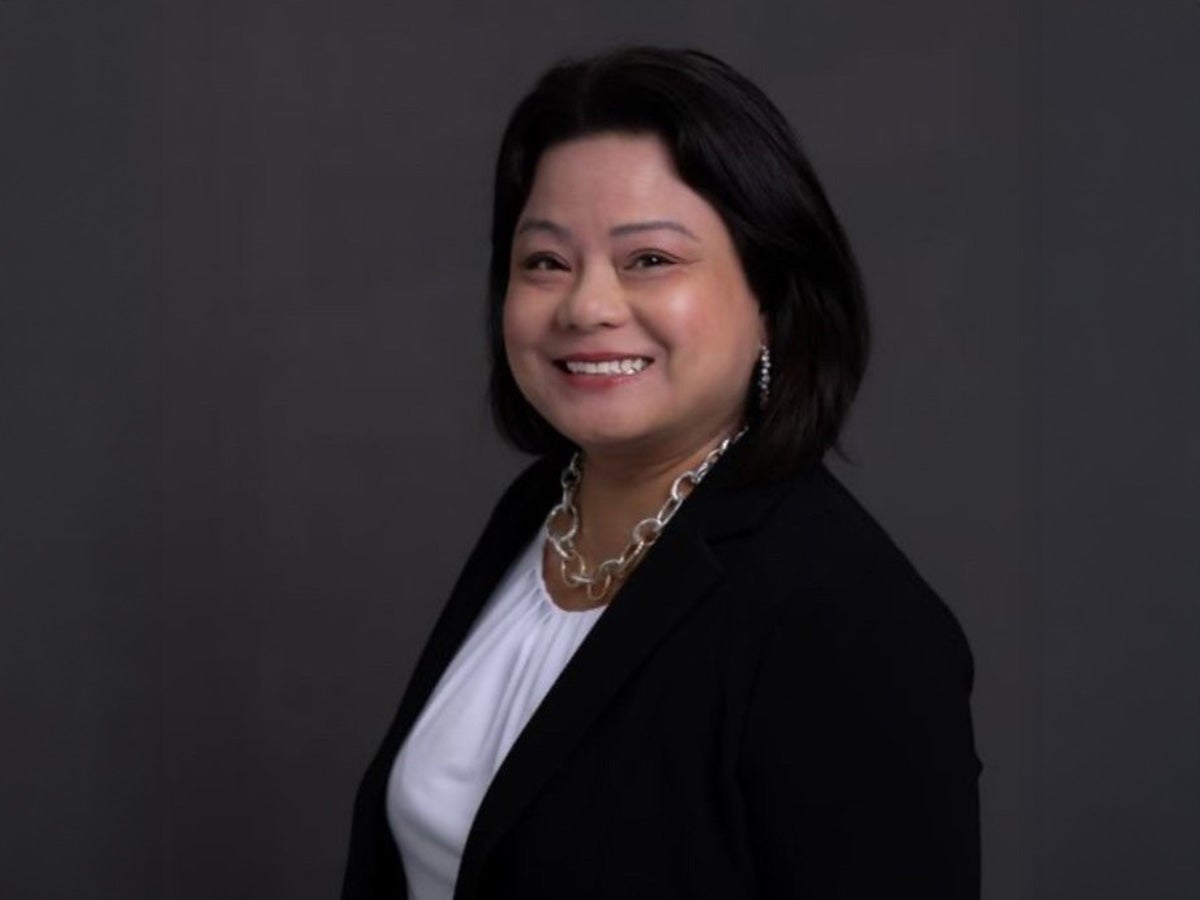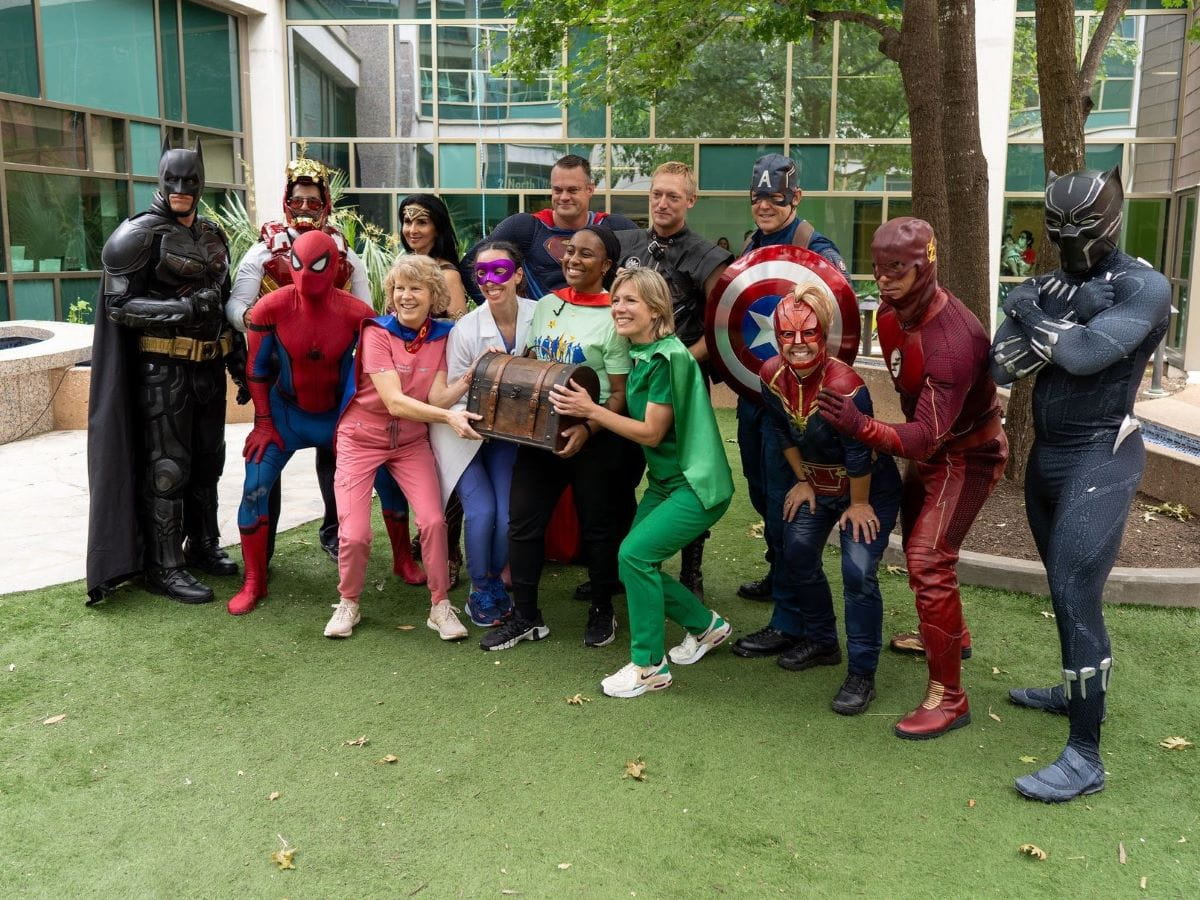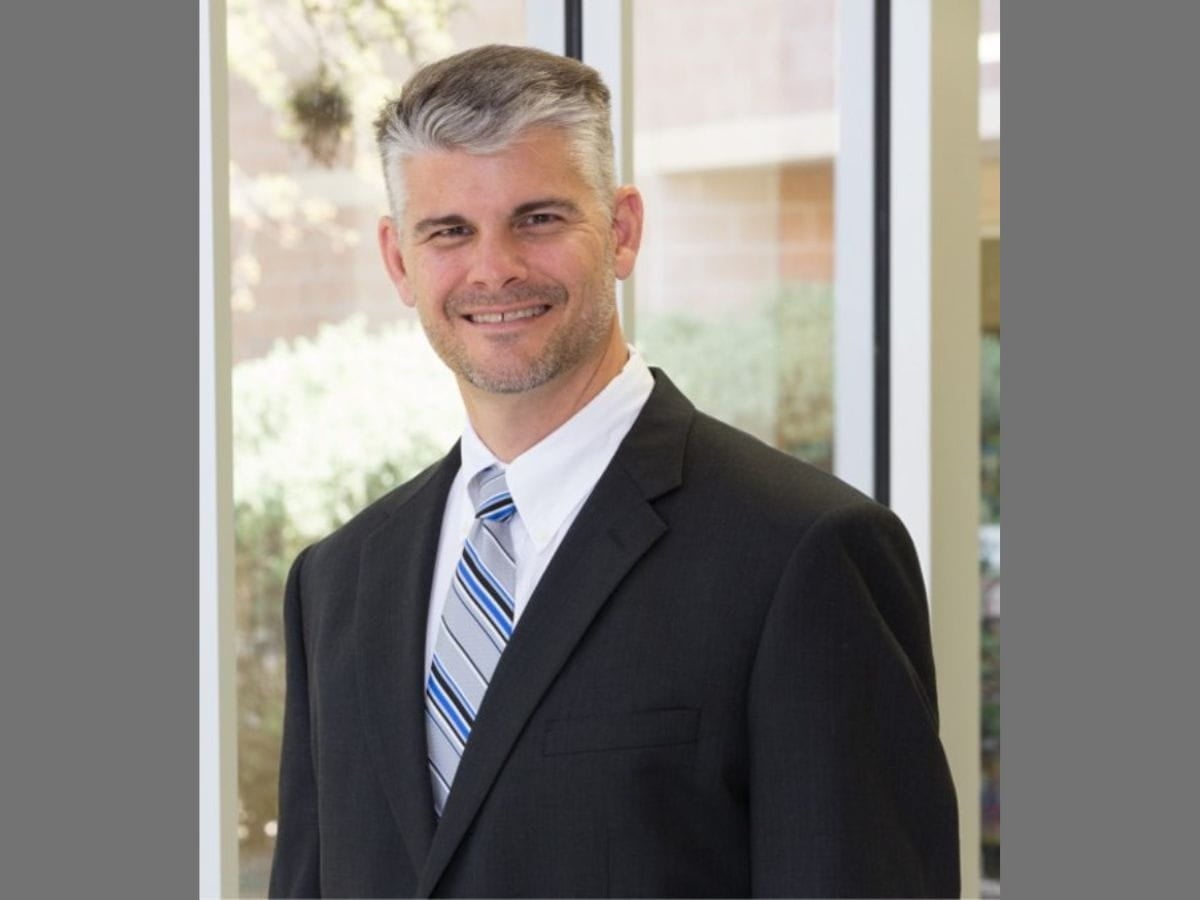It would be easy to think of Walter Stevens in terms of numbers: 389, 71, 46, 30, 25, and 15.
Stevens, 71 years old, is one of 389 patients who have received heart transplants from Seton Heart Specialty Care and Transplant Center at Seton Medical Center Austin, Texas, part of the Ascension Texas Ministry Market. Diagnosed with heart failure when he was 46, he was told his only hope of survival was a transplant. He received a heart from a 15-year-old donor almost 25 years ago.
Stevens recently joined other heart transplant recipients, along with physicians, nurses and other associates, at a celebration of the program's 30th anniversary.
Stevens credits Seton's heart transplant program with allowing him to be more than a statistic or a number. A Vietnam War veteran, Stevens was able to return to work after his transplant, spend time with his wife and daughter, and now can watch his two grandchildren.
He was invited to speak at the Feb. 12 event.
"I'm so grateful to my donor and her family and think about her every time I see my own daughter go through different stages of life," Stevens said. When Stevens got his second chance at life, his own daughter was 15, the same age as the donor at the time of his transplant.
John "Chip" Oswalt, MD, a cardiovascular surgeon with Cardiothoracic and Vascular Surgeons who performed the first heart transplant at Seton in 1986, was Stevens' surgeon in 1991. "It's been an honor and privilege to perform these procedures and see what a difference they make to our patients' lives," he said at the celebration.
"This is an extremely exciting time at Seton to celebrate three decades of heart transplants, not only because of the hundreds of lives we've saved, but also because of the newer technologies and innovations we're able to implement to help our patients," said Ernest Haeusslein, MD, Seton Heart Specialty Care and Transplant Center Medical Director. Seton Austin is the only Central Texas hospital performing these life-saving procedures.
In addition to transplants, Seton Austin is recognized for implanting ventricular assist devices (VADs). A VAD is a pump that helps the heart circulate blood through the body. VADs have been used in the treatment of end-stage heart failure for more than two decades as a bridge to heart transplants, and more recently as permanent support for "destination therapy" patients, who are not transplant candidates. Surgery is required to implant a VAD, which can be placed inside or outside the body.
Dr. Haeusslein stressed there is still a significant shortage of organ donors. Currently, 20 people are on Seton's waiting list for a heart transplant. Last year, Seton performed 20 heart transplants; it is projected to perform the same number this year.



